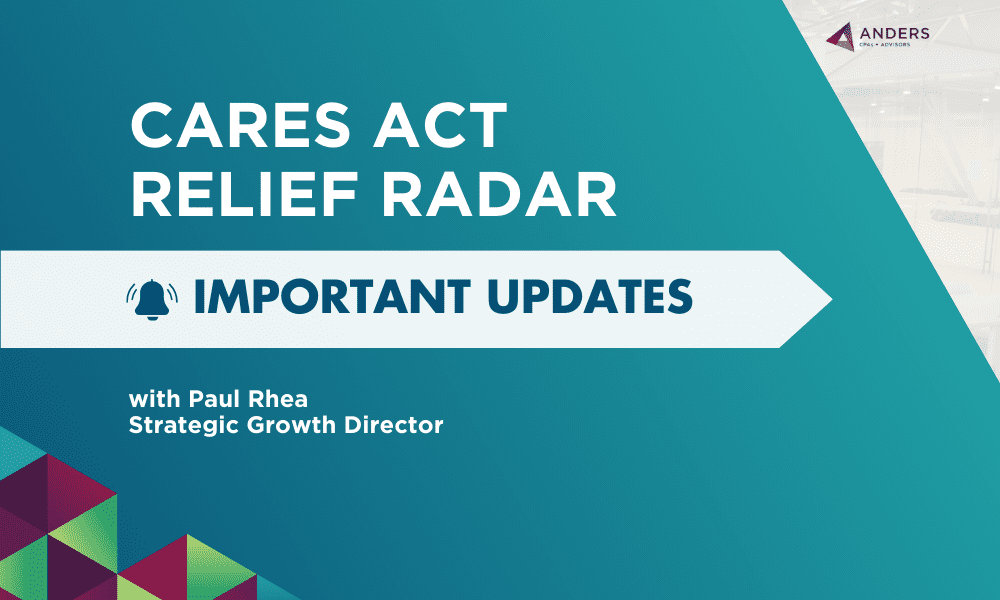During the boom times of recent years, businesses concentrated on growing the top line and managing costs, and not as much time focused on working capital components, such as accounts receivable, accounts payable and inventory. Now with financial strain on businesses as a result of COVID-19, business owners and leadership teams need to not only focus on revenues and reducing costs, but they need to concentrate on the balance sheet to optimize cash and maintain liquidity. It is imperative to keep an eye on your cash flow, regularly monitor your cash position and develop some survival strategies to get you through the crisis.
Instituting an effective cash flow management strategy may be the most important action you can take to navigate through challenging times.
Here are some tips to control cash:
- Actively manage accounts receivables. The typical 30- or 45-day account review probably won’t cut it anymore. Now is the time to shorten collection times and improve your collection process. You may also want to closely review your customers, identifying those that absorb cash from the organization.
- Review customer payment terms. Consider early payment discounts, or advance payment options for those slow paying customers.
- Review accounts payable more closely. While you don’t want to hurt your credit or supplier relationships, speak to your suppliers about ways to assist in managing your payments and shipments.
- Adjust inventory levels. First, make sure your inventory on the books is accurate. Analyze customer demands and adjust future purchasing as necessary.
- Adjust staffing levels. Look at customer needs and utilize resources to right-size your staff. There are currently opportunities for loans and additional monies for unemployment that could help and still provide for your staff.
- Review all costs. Determine which costs might be eliminated, reduced or renegotiated.
- Review all agreements. Look at current and upcoming commitments, and determine if some could be restructured, delayed or cancelled.
- Review plans for capital investments. Determine which capital projects can be delayed, eliminated or modified.
- Establish a deeper relationship with your banker. Make sure to discuss your cash flow and liquidity positions with your banker. Pay attention to any debt covenants.
- Prepare a cash flow forecast. If don’t already have a cash flow forecast, now is the time to start. Begin with a simple 13-week projection containing your major cash inflows and outflows each week. This will allow you to understand periods of cash difficulty and provide you with time to maneuver.
The tips outlined above are very important in the current environment. Liquidity and cash flow are always critical to business continuity. While it is an old clique, Cash is King today. Every business should evaluate short-term cash flow and financing needs. This will provide you with the information needed to make the difficult decisions ahead with greater confidence. Cash flow planning done today will allow businesses to see the bigger picture of the COVID-19 impact on the business and the length of time it will take to recover.
Visit our COVID-19 Resource Center for more news, tools and insights you need to know in these uncertain times.





